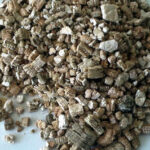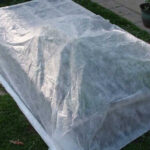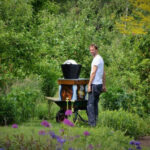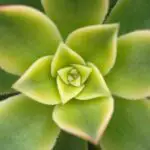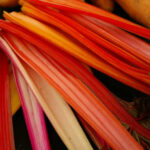Growing thyme plant is easy! It more or less looks after itself as a low maintenance, high impact herb, and is perfect for the novice gardener.
Thyme has a long and varied history. Derived from the Greek word thymus meaning courage, spirit and sacrifice, it was worn in battle by medieval knights as a symbol of their bravery. It’s been used throughout the ages from poultices, to plague posies, to the Victorians believing that carpets of wild thyme provided midnight dance floors for garden fairies!
Thyme is renowned for its culinary and health benefits. It contains the chemical compound thymol, a powerful antiseptic widely used in personal hygiene products such as mouthwash, toothpaste, soap, hand sanitizer, perfume and skin medications. The most common use of thyme is of course for flavoring food, and there are a few specific varieties that are best suited for this purpose.
Thyme herbs are part of the mint family (Lamiaceae), although they have an unmistakably different flavor and scent. They are associated mostly with Mediterranean style cooking to flavor meat and vegetable dishes such as stews, casseroles, soups and even scrambled eggs.
Quick Care Guide
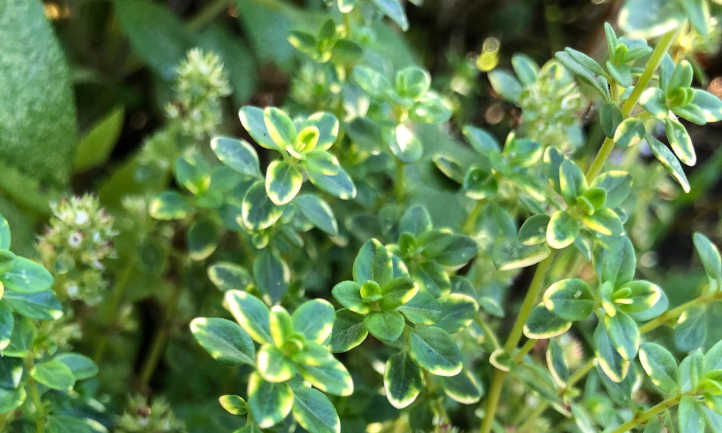
| Common Name(s) | Common thyme, garden thyme, German thyme, lemon thyme, caraway thyme |
| Scientific Name | Thymus vulgaris, Thymus citriodorus, Thymus herba-barona |
| Days to Harvest | 90-180 days to maturity when sown from seed. |
| Light | Full sun |
| Water: | Requires little water once established. Drought tolerant. |
| Soil | Well-drained, slightly sandy soil |
| Fertilizer | Top dress with compost, liquid seaweed feed during the main growing season |
| Pests | Aphids, spider mites |
| Diseases | Grey mold, root rot |
All About Thyme
Thyme is a low growing, evergreen perennial originating in the southern Mediterranean region. It is grown as an ornamental with creeping thyme growing along paving cracks, and stone walls, and as a culinary herb in pots and the herb garden.
Young aromatic leaves grow on tender stems, later developing their characteristic woodiness as the herb ages. The leaves are small, 5 to 10mm in size, oval to linear in shape. They vary from mid to grey-green, sometimes variegated white, or golden. Thyme grows between 4 inches to 1 foot in height and 8 to 16 inches across depending on the variety.
Flowers are edible and prolific in summer with colors ranging from pink, purple and white. They are a magnet for bees, and their nectar produces high-quality honey.
Thyme Varieties
There are three main culinary species of thyme plants, Thymus vulgaris known as garden, German or common thyme; Thymus citriodorus known as lemon thyme; and Thymus herba-barona known as caraway thyme.
Common thyme is readily available in supermarkets and garden centers and provides us with our most familiar thyme scent. It’s a compact, cushion forming plant with grey-green leaves and purple to white flowers. A popular variety of common thyme is ‘Silver Posie’, which has white margined leaves.
Thymus citriodorus, gets its name from the delicious lemon-scented leaves. Add to leafy greens or fruit salads for added zing and a perfect match for chicken, fish, and potatoes. A bushy shrub with mid-green to golden leaves as seen in the varieties ‘Archer’s Gold’ and ‘Golden Queen’, making lemon thyme plants a must-have in the herb garden.
Thymus herba-barona, otherwise known as caraway thyme, originates from Corsica and Sardinia. It is a creeping thyme with preference for free-draining loose rocky soils, reflecting the windswept island landscapes it comes from.
Planting Thyme
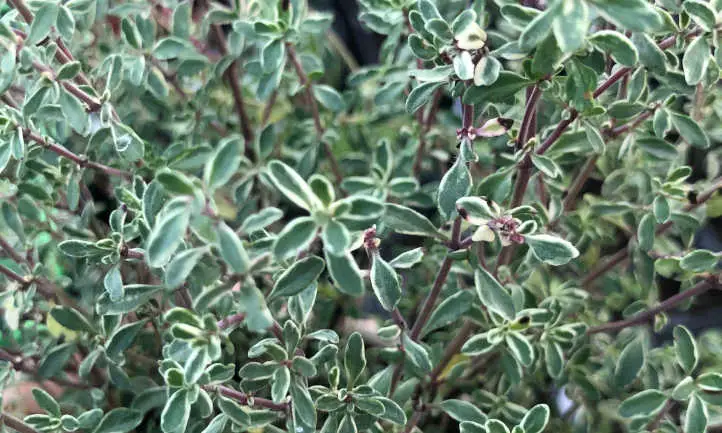
Grow thyme from seed, vegetative cuttings, or garden center plants. Seeds are best sown in early spring and planted out from April onwards. Cuttings can be taken from mid to late spring and planted out when they have developed a healthy root system. Garden center thyme can be planted into your garden any time between the last frost in spring and at least a month before the first frosts of autumn/winter.
Plant thyme in well drained soil, full sun and spaced approximately 12 inches apart. Where garden soil is heavy, thyme can be grown in pots filled with a good gritty compost mix. Plant thyme either on its own or with herbs that require the same growing conditions, such as rosemary.
Care
Growing thyme is pretty straightforward. Get the conditions right and you can be harvesting all year round!
Sun and Temperature
Growing thyme requires a minimum of 6 hours of full sun and temperatures averaging in spring and summer from 68°F to 86°F (20-30°C).
Hardy in USDA zone 5 to 9, it can tolerate freezing temperatures surviving most winters unscathed. Mulching around the base of plants in late autumn will protect roots from freezing and provide some nutrients in the new season. If growing in zone 4, it’s best to provide some winter protection.
Water and Humidity
Planting thyme in the ground reduces the need for watering except for periods of drought. An occasional watering in particularly hot climates can be provided using soaker hoses, but their roots will run deep to find water.
Growing thyme in pots requires watering from time to time when the soil is completely dry. Pots should be lifted off the ground or out of saucers to allow water to drain away freely.
Humidity and thyme do not mix at all! In Zone 10, thyme is grown as an annual because of the incompatible humidity levels.
Soil
Thyme grows best in sandy loam soils ranging from pH 6.0 to 8.0. Well drained soil is key to growing thyme, so the more grit and rubble the better!
Plant thyme in pots with a good 30:70 mix of horticultural grit such as large-particle sand or perlite to general purpose compost to provide the best drainage conditions.
Fertilizing

Too many nutrients can actually cause plants to develop weak leggy growth and negatively affect plant health. A liquid seaweed feed may be applied every few weeks if you’re harvesting regularly.
Providing a light mulch of compost or leaf mold in late autumn will release adequate nutrients for the whole year. Additional fertilizer isn’t necessary.
Pruning
If thyme is not harvested regularly, it can become woody and produce less aromatic leaves. Harvesting in essence is a form of pruning, and the more you harvest the more you promote fresh growth.
Pruning after flowering later in the year generates new stems that protect the plant over winter.
Propagation
Propagating thyme from the herb garden is easy. Follow the advice below and you can grow thyme in no time!
Seeds take up to 28 days to germinate and 6-12 months to reach maturity. Sow in March/April into small pots filled with general-purpose compost, cover lightly, and water. Leave in a warm, bright location such as a greenhouse or sunny windowsill.
When they germinate, thin to the 2-3 strongest seedlings. When the seedlings are around 10cm tall (about four inches), harden them off to outside conditions and bring indoors at night. Do this until all risk of frost has passed and they can be planted into their final growing position.
Grow thyme from cuttings in mid to late spring. Take 3-4 inch long cuttings and remove the lower 2 inches of leaves from the stem. Prepare small 9cm/3 inch pots with a mix of general-purpose compost and perlite, and make a few holes around the edge of the pot using a pencil or dibber. Gently push the cuttings into the compost up to the leaves. Water and place somewhere warm and shaded until roots have formed.
Dividing thyme in spring is easy and gives you free plants almost immediately! Pick a nice, healthy specimen with lots of stems growing from the base. Carefully lever the plant from the ground and shake off as much soil as possible. Gently pull the thyme apart, making sure each piece has adequate roots attached. Plant each division into new growing positions 12 inches apart and water.
Air layering is easier than it sounds. Choose a healthy stem, remove the leaves and bend it to become horizontal with the ground. Make a small cut below a leaf node and cover that part of the stem with soil and water it in well. A wire peg will help keep the stem in place. Check regularly until roots have formed and when established cut the layered stem from the main plant.
Harvesting and Storing
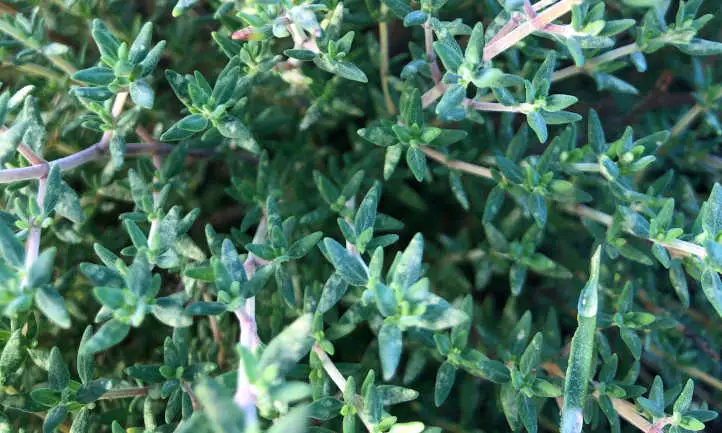
Thyme is simple to harvest and can be used fresh or dried for longer shelf life.
Harvesting
Thyme can be harvested as needed, being careful not to over exhaust plants by cutting into woody growth. If growing conditions are good and the plant is thriving, the top 5-6 inches can be cut back before flowering 2-3 times in a season.
Storing
Freshly picked thyme can be stored in the refrigerator wrapped in damp kitchen paper or plastic for a week to 10 days.
Leaves can also be used directly from the freezer to flavor soups and stews.
To dry, tie thyme branches loosely together and hang in a dark, warm, well-ventilated room or lay out on a tray to dry. After a few weeks when completely dried, crumble leaves and store in an airtight container for up to 18 months.
Troubleshooting
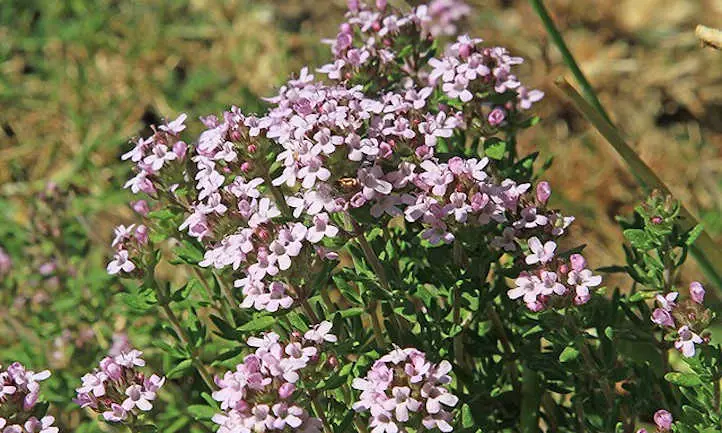
On the whole, growing thyme is relatively simple, but like most herbs, they can run into a few problems. Below are some issues to look out for.
Growing Problems
Plant dieback can sometimes be an issue with your thyme. This can be caused by pest or disease damage, but it can also be related to your watering or fertilizing frequency. Remember, thyme needs excellent drainage, and so excess water can cause issues with yellowing or dieback. They’re also accustomed to poorer soil quality in the wild, and too much fertilizer can be a very real issue.
If plants are growing slowly, spend a day watching your plant’s location to make sure it’s getting enough sun. A lack of sunlight will slow down the growth of leaves and foliage.
Pests
Thyme is mostly pest-free, but if attacked by anything, it’s usually aphids or spider mites.
Aphids (Aphidoidea) attack new growth on plants, feeding on the phloem sap and in effect dehydrating the plant. The resulting damage is distorted leaves and stems. Treat biologically, through the release of predatory insects such as ladybug larvae (coccinella septempunctata). Alternately, spray aphids with a good organic insecticidal soap or neem oil.
Spider mites (Tetranychidae), are arachnids and relatives of spiders and ticks. The adults are reddish-brown, living in large colonies on the underside of leaves and thrive in hot, dry environments, similar to the preferred growing conditions of thyme. Evidence of spider mites can be seen as a fine webbing between stems and plants showing signs of decline. Spider mites feed on plant juices causing leaves to yellow and drop off.
Avoid spraying mites with pesticides, as they have built up a resistance to many products on the market. A hard spray of water can knock most off the plant. You can also use natural predators such as lacewings and ladybugs. Neem oil can smother the mite eggs but won’t necessarily kill off the adults. In severe cases, remove and destroy the worst affected stems and entire plants if necessary, to prevent the spread to unaffected areas of the garden.
Diseases
Grey mold (Botrytis cinerea) is an airborne disease affecting any part of thyme plants during mild, damp weather, especially if damaged or in poor health. Symptoms include wilt and brown discoloration of leaves. Grey fur can appear on stems and is a sign that fungal spores are developing ready to transfer to other plants. A liquid copper fungicide or biofungicide can slow or stop the early stages of the disease. Remove and destroy the worst affected plants to prevent further spread.
Good plant husbandry can prevent grey mold. Use methods such as handling plants with care when harvesting; clearing away leaves and decaying debris, watering only when necessary, and providing adequate spacing to allow good air circulation.
Over watering and poor drainage can cause root rot caused by a fungus known as Rhizoctonia. It mainly affects thyme plants in cooler months when they may be sitting for long periods with wet feet. The first signs of root rot are wilt, yellowing leaves and die-back. Essentially, the plant is suffocated, preventing the roots from utilizing oxygen, nutrients and water efficiently.
To treat, stop watering and allow the soil to completely dry out. Carefully remove the worst affected plants and inspect roots, cutting back any that appear mushy or brown to a healthy growing point. Replant in a different location with good drainage, or if container-grown sterilize the pot and replace the soil. Destroy all diseased materials and treat affected soil with an organic copper-based fungicide. Disinfect tools and clean boots to avoid transmitting the fungus elsewhere in the garden.
Frequently Asked Questions
Q: Is thyme invasive?
A: Thyme is not an invasive plant.
Q: Can I eat thyme flowers?
A: Yes, the flowers are completely edible and provide interest and color to summer salads.
Q. Does thyme come back every year?
A. Thyme is grown in most zones as a perennial evergreen herb and is a constant herb in the garden.


